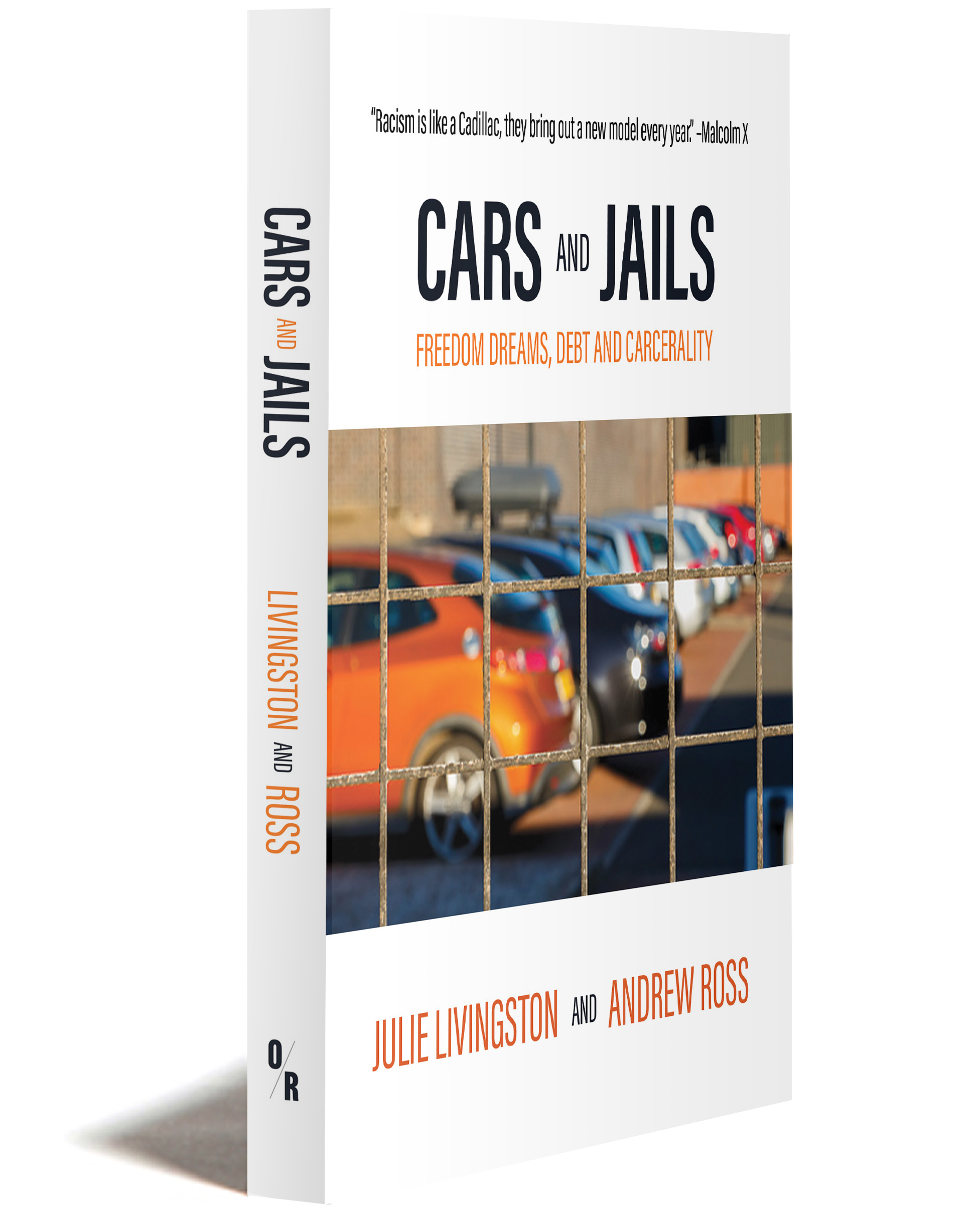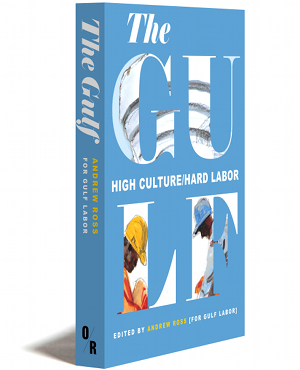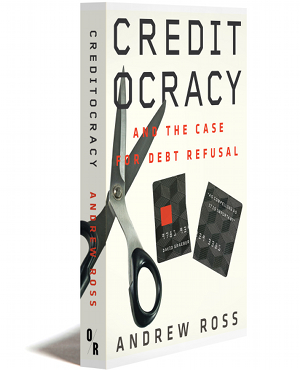
Cars and Jails
FREEDOM DREAMS, DEBT AND CARCERALITY
JULIE LIVINGSTON and ANDREW ROSS
“As cornerstones of life under racial capitalism, the automobile and the prison exemplify the ease with which the quotidian can become deadly. Livingston and Ross, with the support of formerly incarcerated peer researchers, have produced an extraordinary example of how critical carceral studies can enlighten, complicate and inspire.”
—Angela Y. Davis, author of Are Prisons Obsolete?
“I’ve dreamed for years that somebody would write this book. It’s not only a brilliant intervention but a necessary one. Livingston and Ross explore the profound antisociality of automotive life in a society configured by racial hierarchy. They have thoughtfully illuminated the mutual articulation of automotivity and carcerality in provocative ways that have enormous practical value.”
—Paul Gilroy, author of The Black Atlantic
“Reading Cars and Jails was an ‘ah ha’ experience for me. The clarity and urgency of the research by Livingston, Ross, and The NYU Prison Education Lab make glaringly evident how the automobile is a carceral trap that impoverishes and captures with devastating consequences for all life.” —Nicole R. Fleetwood, author of Marking Time: Art in the Age of Mass Incarceration
Tweet
About the Book
“Racism is like a Cadillac, they bring out a new model every year.”
—Malcolm X (a former auto worker)
Written in a lively, accessible fashion and drawing extensively on interviews with people who were formerly incarcerated, Cars and Jails examines how the costs of car ownership and use are deeply enmeshed with the U.S. prison system.
American consumer lore has long held the automobile to be a “freedom machine,” consecrating the mobility of a free people. Yet, paradoxically, the car also functions at the cross-roads of two great systems of entrapment and immobility– the American debt economy and the carceral state.
Cars and Jails investigates this paradox, showing how auto debt, traffic fines, over-policing, and automated surveillance systems work in tandem to entrap and criminalize poor people. The authors describe how racialization and poverty take their toll on populations with no alternative, in a country poorly served by public transport, to taking out loans for cars and exposing themselves to predatory and often racist policing.
Looking skeptically at the frothy promises of the “mobility revolution,” Livingston and Ross close with provocative ideas for overhauling transportation justice, traffic policing, and auto-financing.
200 pages • Paperback ISBN 978-1-68219-349-5 • E-book ISBN 978-1-68219-350-1
About the Authors

space after caption
|
Andrew Ross is a social activist and professor at NYU, where he teaches in the Department of Social and Cultural Analysis and the Prison Education Program. A contributor to the Guardian, the New York Times, The Nation, and Al Jazeera, he is the author or editor of twenty-five books, including, most recently, Sunbelt Blues: The Failure of American Housing. |

space after caption
|
Julie Livingston is Silver Professor of Social and Cultural Analysis and History at New York University. Her previous books include Self-devouring Growth: a Planetary Parable as Told from Southern Africa; Improvising Medicine: An African Oncology Ward in an Emerging Cancer Epidemic; and Debility and the Moral Imagination in Botswana. The recipient of numerous awards and prizes, in 2013 Livingston was named a MacArthur Foundation Fellow. |
Read an Excerpt
Every day more than 50,000 Americans are pulled over by police officers while driving. Most of them will come away from this encounter owing money to the municipality or county in which they were stopped. For some, the stop will culminate in their arrest–they will join the nearly 9 million Americans who cycle through our country’s jails each year. At the other end of the system, more than 600,000 are released from prison annually. Typically, among their first order of business is finding the means to get back behind the wheel of a car, which is an inescapable necessity in all but a few parts of the country. Most will take on substantial financial liability in order to do so, joining their fellow motorists who owe more than $1.44 trillion in auto debt. American consumer lore has long held the automobile to be a “freedom machine,” consecrating the mobility of a free people. Yet, paradoxically, the car also functions at the cross-roads of two great systems of unfreedom and immobility– the credit economy and the American carceral system. This book investigates this paradox in detail, tracking how the long arms of debt and carcerality operate in tandem in the daily life of car use and ownership.
It is well-known that people incarcerated in the U.S. are disproportionately Black, brown, and poor, but there is much less recognition of the role played by automobiles in their incarceration. Here, then, is the cycle we take up in the following pages. Behind bars, incarcerated people mourn their lost mobility and they dream of cars they once owned and about cars in their future as a form of freedom. Upon release, they must drive as a basic necessity, but to do so they have to take out auto loans on rapacious terms. Driving exposes them to costly traffic fines from police officers under orders to gin up revenue. A traffic stop, as a primary site of discretionary and racist policing, also opens them to potential arrest and reincarceration. If they are put back in the cage, they will lose their livelihood and all their assets in the process, including the equity in their car. Behind bars again, they start to dream once more, about mobility and cars. This cycle does not always play itself out in its entirety or in such bald terms. Many people sidestep or break free from one or another of its traps. But tracking the steps in the cycle, as we do in this book, helps to illustrate how driving while Black or brown is both dangerous and expensive, as is driving while poor. It also helps expose how the financial system and American criminal justice collude with each other, whether inadvertently or through cold calculation.
We come to the car as part of a team that was set up to look at the impact of criminal justice debts on formerly incarcerated persons. As team members interviewed formerly incarcerated men and their family members in New York City about these debts, we noticed that the automobile appeared again and again. Then one of our team was arrested while driving and reincarcerated for a minor parole violation. Soon that had happened to a second, and then also to a third formerly incarcerated person we had gotten to know in the course of our work. We began to see how the car was a key to the debt and carceral economies that interested us, and through it how poverty is wielded as a “secondary punishment” as well as a vehicle for profit-making. In subsequent interviews that we conducted ourselves, we decided to focus exclusively on car ownership and use, and this book draws heavily from them.
These people spoke fondly about their vehicles, and described the uphill battle of paying for them, while they also recalled fateful traffic stops or run-ins with police. The obvious pleasure they derived from their cars co-existed with an acute awareness of the perils of driving them. Over time, we uncovered more and more details about the connection between automobiles and incarceration: the loopholes used by police officers to circumvent bars on profiling and searches; the uses of traffic citations to generate funding for local governments; the ability of debt collectors to manipulate the court system; the illegal deceptions employed by car dealers to ensnare consumers; the requisitioning of prison labor to build roads and to make license plates. But we also came to the conclusion that car use and ownership are central to “carcerality at large,” that is, the numerous ways in which discipline and control are exercised on a daily basis, far outside the prison or jailhouse walls, in ways that are redolent of the criminal justice system. These include the tyranny of the credit score, the expansion of data mining and scrutiny of individual conduct by government and corporations, the surveillance technologies built into cars, and the road warrior culture of a highly militarized society oriented to fossil fuel extraction and its procurement.
In the Media
- “How Car Culture Funnels Drivers Into Debt, Jail, and Danger” — CARS AND JAILS by Andrew Ross and Julie Livingston reviewed by The New Republic (9/13/2023)
- “How Your Car is Doubling as a Data Collection Device — And Who’s Profiting” — CARS AND JAILS featured in Streetsblog USA (8/7/2023)
- “How Some Traffic Fines and Fees Can Make Our Roads More Dangerous” — CARS AND JAILS featured in Streetsblog USA (7/31/2023)
- “How Auto Debt is Holding Millions of Americans In Custody — Sometimes Literally” — CARS AND JAILS featured in Streetsblog USA (7/24/2023)
- “How cars fuel racial inequality” — CARS AND JAILS by Julie Livingston and Andrew Ross featured in Vox (6/13/2023)
- “Car Creditocracy” — CARS AND JAILS authors Julie Livingston and Andrew Ross interviewed by Public Books (4/4/2023)
- “Road to Prison” — CARS AND JAILS authors Julie Livingston and Andrew Ross interviewed in MarketWatch (3/30/2023)
- “The Road to Auto Debt” — CARS AND JAILS authors Julie Livingston and Andrew Ross featured in n+1 (3/15/2023)
- “Free Spirits” No More — CARS AND JAILS by Julie Livingston and Andrew Ross reviewed by Imaginations (3/2/2023)
- “How US police got the deadly power to stop drivers at will” — CARS AND JAILS authors Julie Livingston and Andrew Ross featured in The Guardian (2/3/2023)





